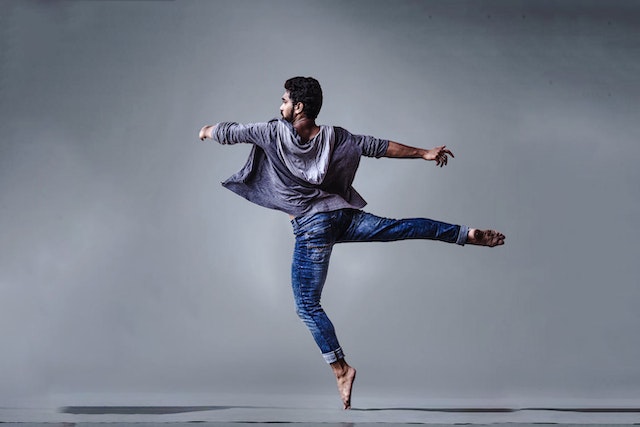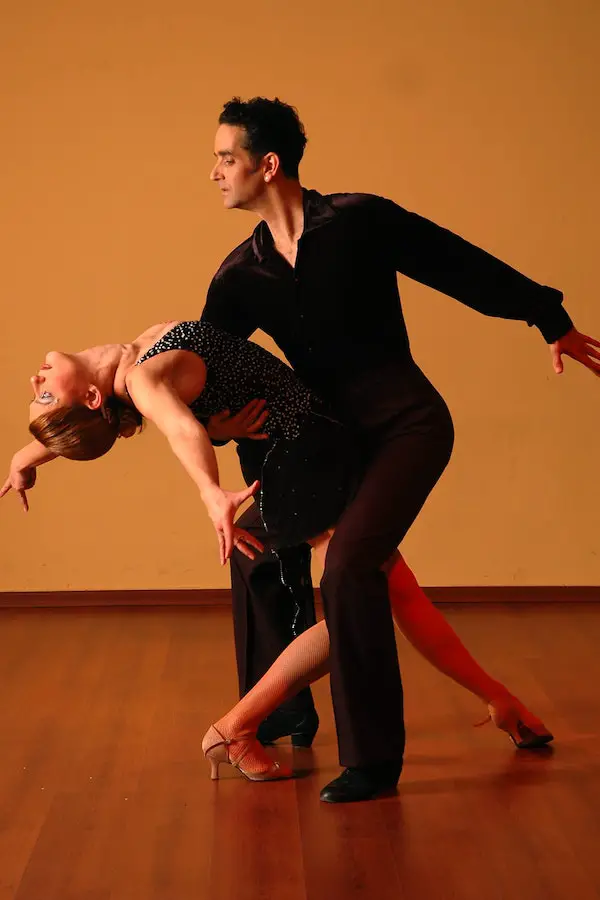
Dance has been an integral part of human culture since ancient times.
From ritualistic dances in sacred ceremonies to the first staged theatrical performances, dance has evolved and developed throughout history in many different forms.
This timeline highlights some of the most important milestones in the history of dance from prehistoric times to the modern day.
Through exploring this timeline, we can gain a better understanding of how dance has changed and been adapted in different cultures over the centuries.
Prehistoric Times (3500 – 1000 BC)
3500-3000 BC
The earliest evidence of dance dates back to the Neolithic period, around 3500-3000 BC.
This is seen in depictions of dancing figures found in wall paintings and artifacts from ancient cultures such as the Egyptians and Minoans.
These images show that dance was used as part of religious ceremonies, celebrations and social gatherings.
Many of these dances were likely accompanied by drums, rattles and flutes.
3000-1000 BC
During this period, dance was used to celebrate victories in battle as well as important rituals and religious ceremonies.
Evidence of this can be found in ancient Greek pottery which depicts scenes of dancing figures with decorated masks and costumes.
In Ancient Egypt, dance was closely linked to religion and often involved elaborate choreography which incorporated acrobatics, leaps and poses.
Dance also became an important part of the education system during this time with many students learning different styles and techniques.
As the centuries passed, the dance began to be seen as more than just a ritualistic practice and started to become a form of entertainment.
Ancient Times (1000 BC – 500 AD)

1000-500 BC
During this period, dance began to be seen as an important part of cultural identity.
Different styles of dance were used by different cultures and tribes as a way to express their unique identity.
Dance was also associated with fertility rituals, as well as religious ceremonies and festivals.
The most notable form of dance during this period was the Greek pyrrhic dance, which featured a series of hops, jumps and turns designed to imitate the movements of a warrior in battle.
500 BC – 500 AD
During this period, dance was adapted and developed to become more stylized and professional.
The most influential form of dance during this time was ballet.
Ancient Greek tragedies and comedies featured choreographed dances which used steps, poses and movements to tell stories.
This style would later be adopted by the French court in the 16th century, eventually resulting in the development of ballet as we know it today.
Dance was also used extensively in theatrical performances and operas during this period.
Court dances such as the minuet, gavotte and sarabande became popular, along with ethnic folk dances from different regions of Europe.
Modern Times (500 AD – Present)

Medieval courtly dances
During the Middle Ages, courtly dance was used to demonstrate noble status and rank.
These dances were often highly choreographed with intricate steps and patterns that imitated court manners and etiquette.
Popular dances of this period included the Pavane, Volta and Galliard.
These dances were usually performed in pairs or small groups and occasionally featured props such as swords, scarves and handkerchiefs.
In addition to physical movement, the lyrics of many courtly dances also served to express social values, political satire and a sense of humor.
Renaissance Ballet
The Renaissance marked the rebirth of ballet in Europe.
The style of dancing became more elaborate and theatrical during this period, incorporating elements from Ancient Greece, Italy and France.
Ballet slowly developed into the art form we know today, with a greater emphasis on technique and elegance.
The Baroque period was particularly influential, with composers such as Bach and Vivaldi writing music specifically for ballet performances.
The ballet was mainly performed by the upper classes and was often used to display wealth and power.
From this period onwards, ballet has maintained its popularity and continues to be a major form of entertainment.
Modern Dance
Modern dance is an ever-evolving art form that emerged in the late 19th century as a reaction to classical ballet.
It features an eclectic mix of movements and styles, often incorporating elements from other genres such as hip-hop and jazz.
The focus in modern dance is on the expression of emotion through physicality rather than the traditional technique.
This style encourages individuality and improvisation, allowing performers to explore their own movements and interpret the music in their own way.
Modern dance is an incredibly open and diverse form of movement and continues to be popular around the world today.
Conclusion
Throughout history, dance has been a powerful tool used to express emotions, tell stories and show off status.
Dance has evolved over time as it adapted to changing cultural influences, resulting in the art forms we know today.
From Ancient Greece to the Renaissance, ballet to modern dance, each period has made an invaluable contribution to the history of human expression through movement.
The dance will continue to be a popular and celebrated form of entertainment in the future, as it has been throughout our history.



